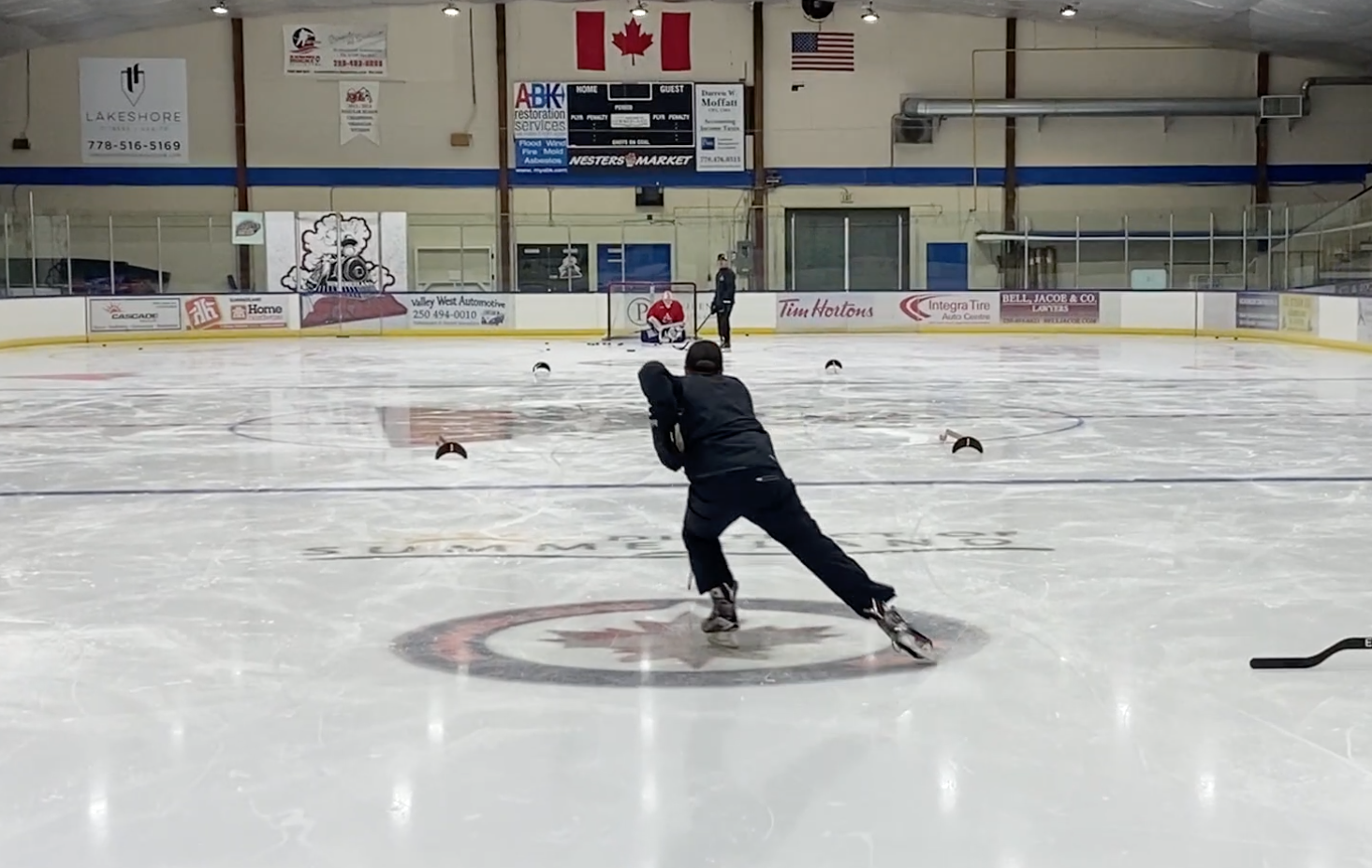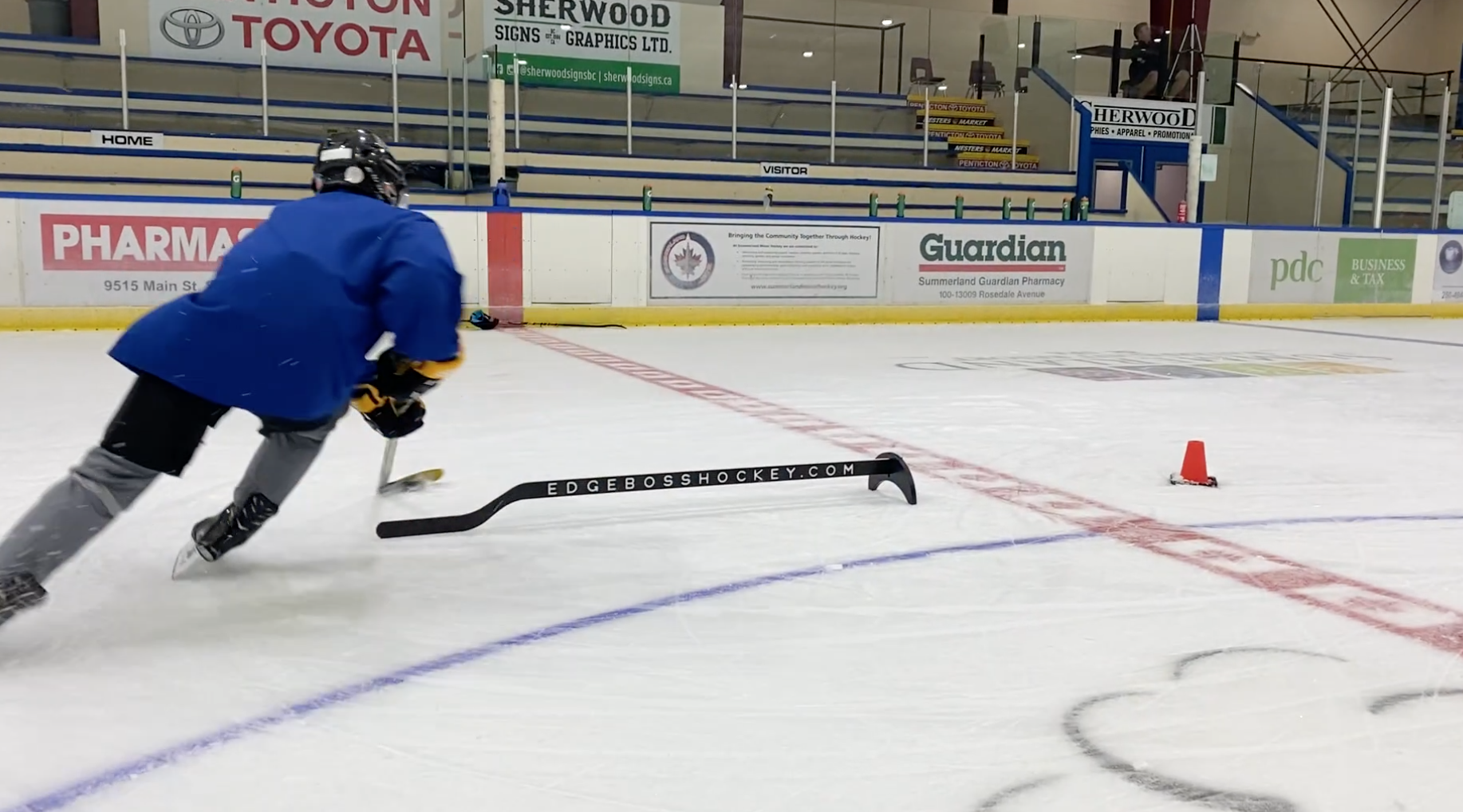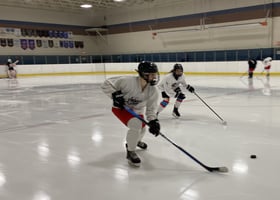Unlock the full potential of your game by mastering the forward stride, a fundamental skill that...
Hockey Skating: The Essential Skill for Every Player
Hockey is a fast-paced and physically demanding sport that requires a combination of strength, speed, agility, and endurance. However, at the heart of every successful hockey player lies a foundation of strong skating skills. Skating is the most fundamental aspect of the game, and without it, players would struggle to keep up with the pace and compete at a high level.
In hockey, there are several types of skating that players must master to be effective on the ice. Forwards and defensemen must be able to skate forwards and backwards, while forwards must also be able to skate in a straight line, stop and start quickly, and turn efficiently. Goalies also need to be able to skate forwards and backwards, as well as move laterally to make saves.
Key to an Effective Hockey Skating Technique
One of the keys to effective skating is a good technique. Good technique starts with having good posture, keeping your head up, and your eyes forward. Your weight should be over the balls of your feet, and your knees should be bent. The deeper knee bend you get, the more power you will get out of each stride. This will make your legs burn but the body will grow strong enough to be able to withstand the discomfort. As you skate, use a strong push from your legs getting long and quick strides.

Another important aspect of hockey skating is stride. A good stride is key to building speed and generating power. When skating forwards, the stride should be long and powerful, with the legs driving away from your body to the side with a slight angle back, and the knees bent to help generate force and you finish with the toe creating plantarflexion. When skating backwards, you also want to keep the strides long, with the knees bent and the legs driving directly in front of you at a 45-degree angle. You will end up making a half-heart shape with your stride. Most players when they are younger are taught to make a c-cut, but this will cause your hips to sway side-to-side. Instead, you want to keep your core stable and push your legs out in front of you, getting a full extension.
One of the challenges of hockey skating is turning. In hockey, players are often required to turn quickly, change direction, and maintain their balance. To do this effectively, players must use their edges, which are the inside and outside curves of the skate blade. To turn, players should transfer their weight to the inside edge of the skate, and push off the inside edge to change direction.
Another important aspect of hockey skating is stopping. In hockey, players must be able to stop and start quickly, in order to avoid checks and keep up with the play. To stop effectively, players should use their inside edges, and transfer their weight over the inside edge of the skate. The stop should be sudden and explosive, with the legs driving down and back, and the knees bent to generate force.
There are many more aspects when it comes to hockey skating to develop. You can work on crossovers, lateral turns, punch turns, transitions, and quickstart to name a few.

Finally, one of the keys to being a successful hockey skater is practice. Skating skills take time and effort to develop, and players must be willing to put in the time and effort required to become a good skater. Whether it's working on their stride, turns, or stops, players should make skating a priority and focus on improving their skills on a regular basis.
Hockey skating is an essential skill for every player. Whether you're a forward, a defenseman, or a goalie, good skating skills are the foundation of your game. To be successful on the ice, players must master the various types of skating, have good technique, and practice regularly to build their skills and become the best skater they can be.
At the Player Acceleration Hockey Camps and Virtual Hockey Academy, players are taught the most important techniques in detail. Players then have the opportunity to apply these skills in game-like situations. For more information check out the programs we have to offer.






